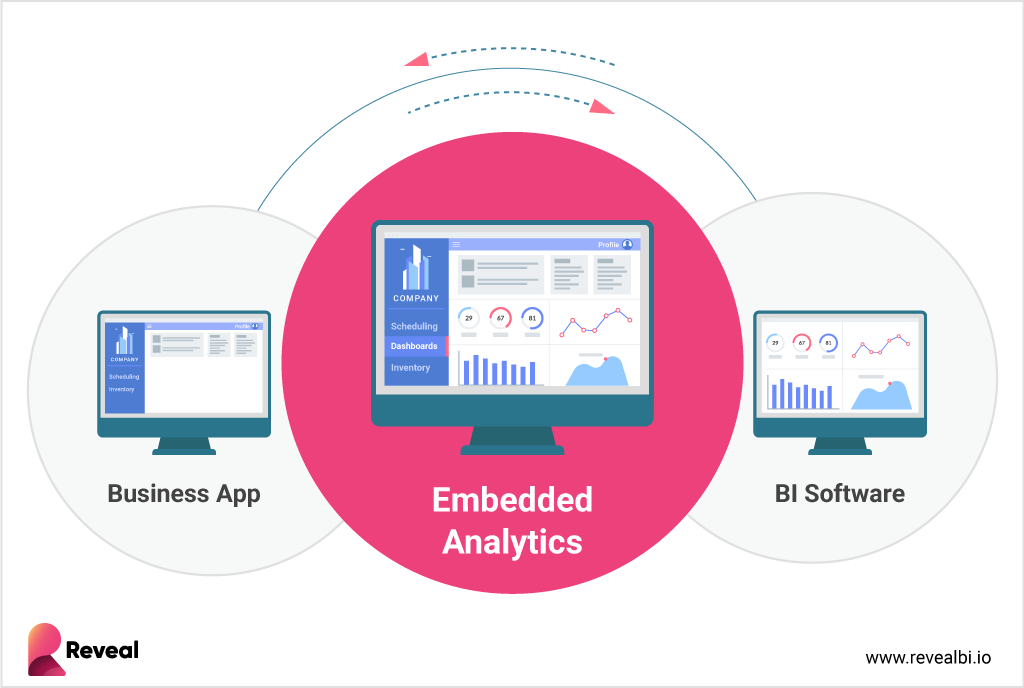
Contextual Analytics
What Is Contextual Analytics?
Data by itself does not always provide the full value it has to offer. When people are looking at raw numbers, they find it difficult to interpret and understand the insights hiding within the data and, therefore, cannot use it strategically to improve their decisions. Contextual analytics takes into account the specific context in which the data is collected rather than simply analyzing the data in isolation. This context could include information about the time, location, and other factors that may influence the data.
The goal of contextual analytics is to help users identify the context of the situation based on similarities, constraints, paths, and communities without having to switch windows and applications to get the data they need to make informed business decisions.
How Does Contextual Analytics Work?
Contextual analytics or context-enriched analysis is the merging of analytics capabilities and the business applications they are embedded into to make data more contextualized and personalized for the benefit of the end user.
In other words, we can call contextual analytics – embedded analytics. And like any analytics, they transform raw data into easily digestible charts and dashboards that provide a logical and contextual view of the data that business employees work with, in the applications they work in. These charts and dashboards represent contextual data that improves the usability of data for business users for better decision-making.

What Can I Use Contextual Data for?
Contextual data helps reveal where and how processes and decisions can be improved and optimized for maximum performance and profitability. Here are some examples of how contextual data could be used:
Predictive analytics – Contextual data can be used to create predictive models that can anticipate future behavior or outcomes based on past patterns. For example, using predictive analytics in healthcare can help identify cohorts exposed to a possible disease outbreak. In such a scenario, healthcare professionals can start looking at treatments immediately, which improves people’s chances of survival.
Decision-making – Contextual data can be used to make more informed and accurate decisions by providing additional information about a situation or environment. For example, real-time manufacturing data from numerous sources like machines, orders, delivery, and people can be used to estimate shipping timings, production capabilities of the production line, warehouse space availability, and more.
Security – By providing additional information about a person or situation, contextual data could also be used to enhance security measures. An example is the facial recognition technology that can use contextual data to identify individuals in a crowd.
Marketing – In marketing, contextual data is king and can be used to influence consumer behavior by targeting specific audiences with relevant content or advertisements based on their location, interests, interactions, etc.


